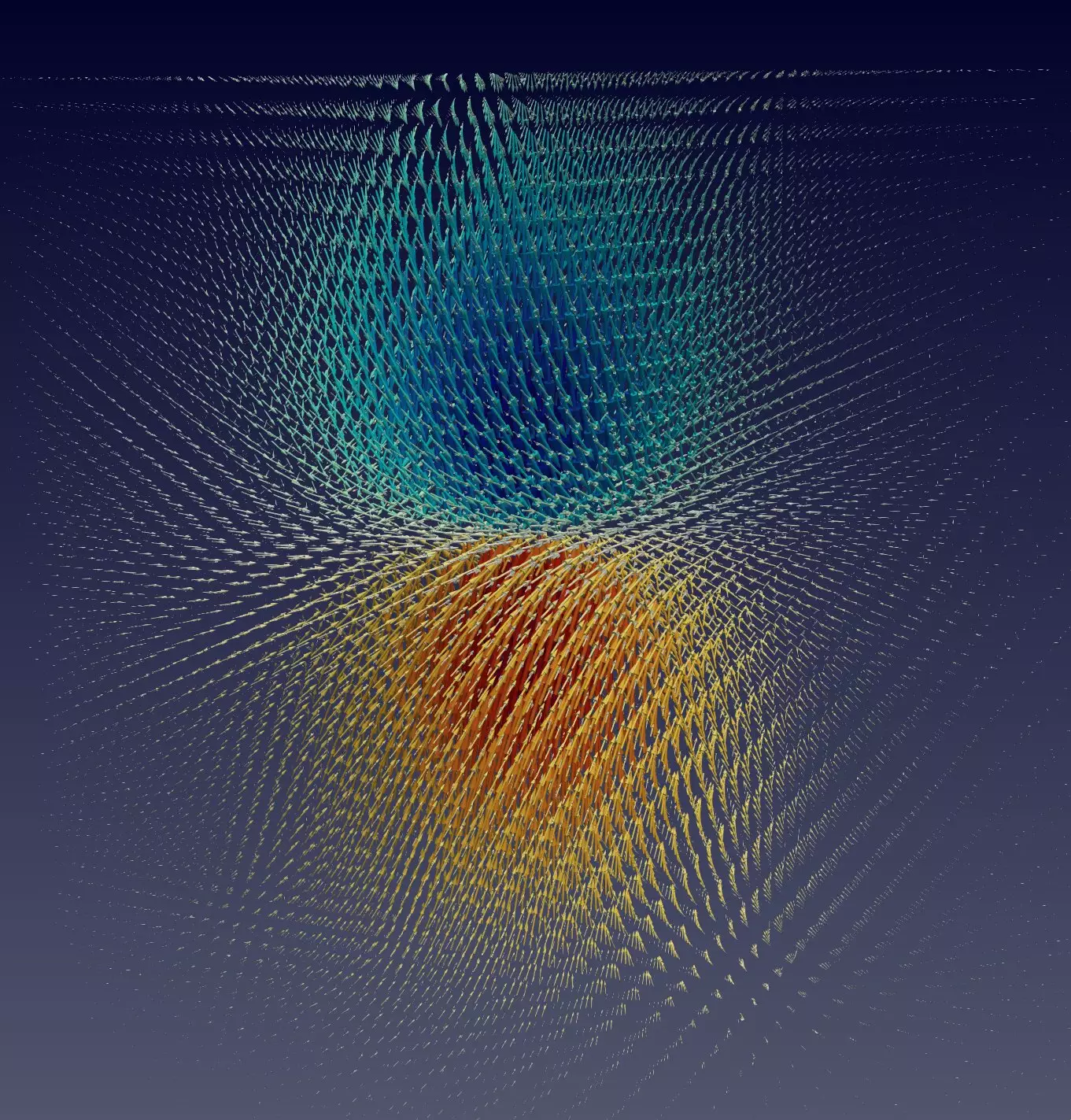Halide perovskites have gained attention as promising materials for applications in photovoltaics, light-emitting diodes, and other optoelectronic devices due to their unique properties. Recent research conducted at the University of Texas at Austin sought to uncover the origin of the remarkable carrier lifetimes observed in these materials.
Researchers Jon Lafuente, Chao Lian, and Feliciano Giustino focused on the electron-phonon interactions in halide perovskites, leading to the formation of a new class of quasiparticles known as “topological polarons.” These polarons are formed by the coupling of electrons to distortions in the crystal lattice, resulting in localized quasiparticles with intriguing properties.
The study utilized a novel high-performance computing approach developed by the research group to study the formation of polarons at the atomic scale. By incorporating the interaction between electronic carriers and lattice vibrations from quantum mechanics principles, the researchers were able to simulate the behavior of polarons in halide perovskites with unprecedented detail.
The simulations conducted by Lafuente and his team revealed that polarons in halide perovskites can take on various forms, ranging from large structures spanning several nanometers to small entities localized around individual atoms. Additionally, the researchers observed periodic distortions in the form of charge-density waves at high densities, indicating the complex nature of polarons in these materials.
One of the most surprising findings of the study was the discovery of topological features in the polarons of halide perovskites. The atomic displacements surrounding the polarons formed vortex patterns with well-defined topology, similar to skyrmions, merons, and Bloch points observed in magnetic systems. This unexpected similarity hinted at new avenues for exploration in the field of quasiparticle physics.
Moving forward, Lafuente and Giustino plan to investigate the interactions of topological polarons with light and their propagation across different materials. By developing new methods to predict the optical properties of polarons, the researchers aim to uncover new physical phenomena and potentially generalize their findings to other materials. Questions regarding the uniqueness of topological polarons to halide perovskites and the tunability of material parameters remain central to their future investigations.
The study on halide perovskites and the discovery of topological polarons represents a significant advancement in the understanding of these materials’ optoelectronic properties. The unconventional physics governing the behavior of polarons in halide perovskites opens up new possibilities for research and development in the field of advanced materials and optoelectronics.


Leave a Reply